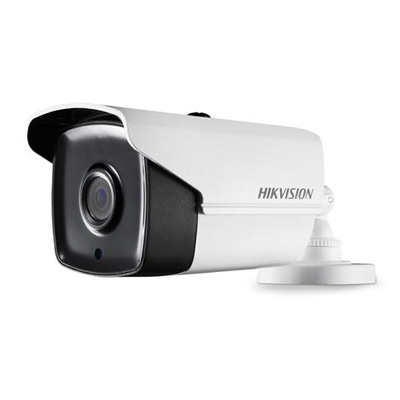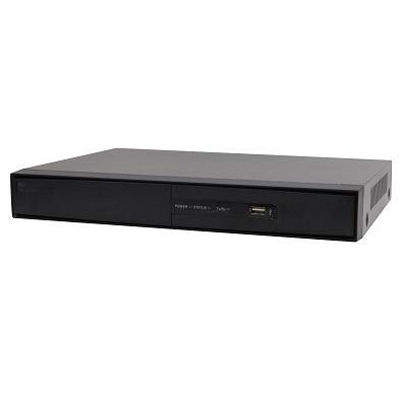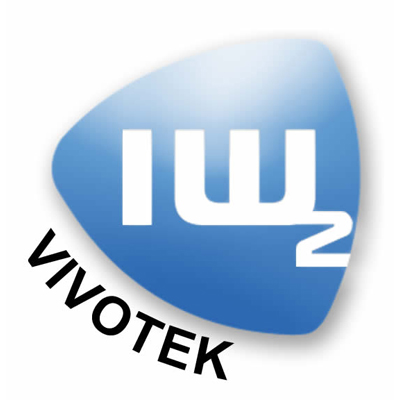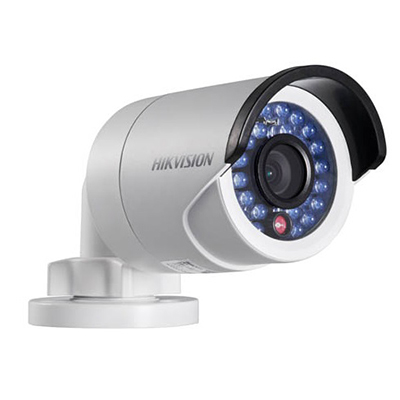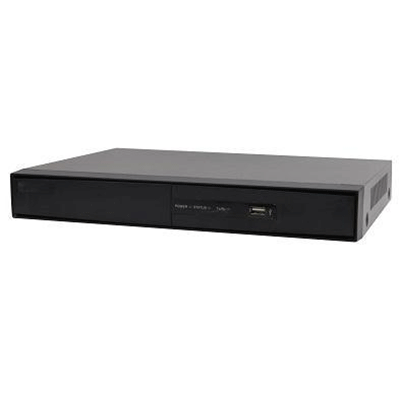Trüb launches a new first level security feature for laser-engraved polycarbonate travel and identity documents. The security feature ‘tru/window MOTION’ implements optically moving objects within a see-through window. Document holder and inspection authorities observe the moving objects by tilting the card without the aid of any special equipment or dedicated knowledge.
Trüb’s new security feature tru/window MOTION is designed for laser-engraved polycarbonate documents such as national identity cards, driving licences and passport datapages. The security element is based on the latest Moiré technology and generates specific visual effects including linear and circular movements, dynamic image transitions and pulsating effects. Integrated into a see-through window, the first line security element links the front and back of the card and allows for an easy and reliable verification of document authenticity. Polycarbonate documents including the tru/window MOTION security element benefit from an enhanced protection against counterfeit attacks such as copying or reproduction.







